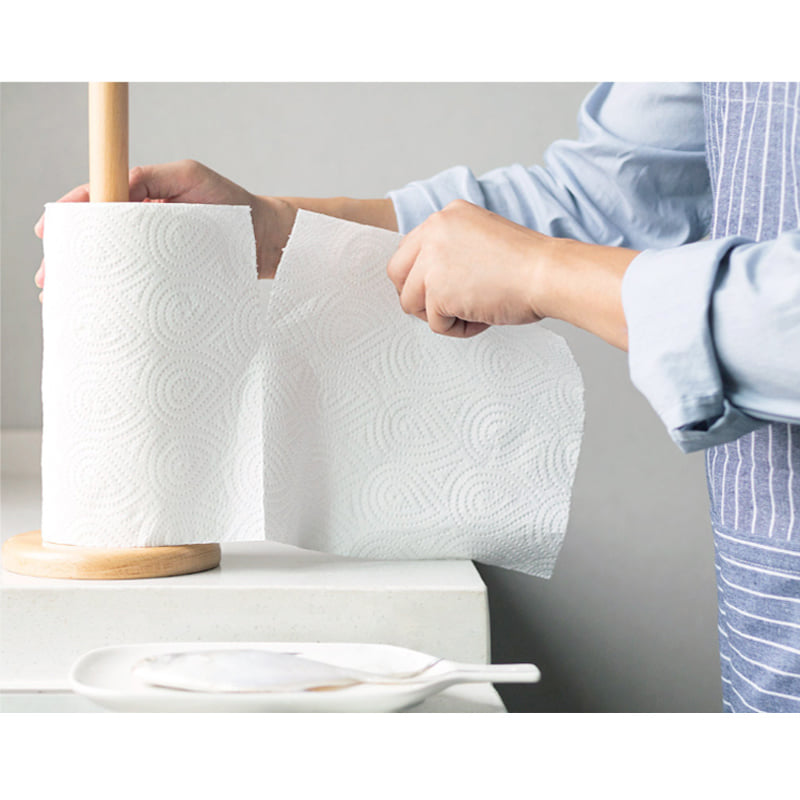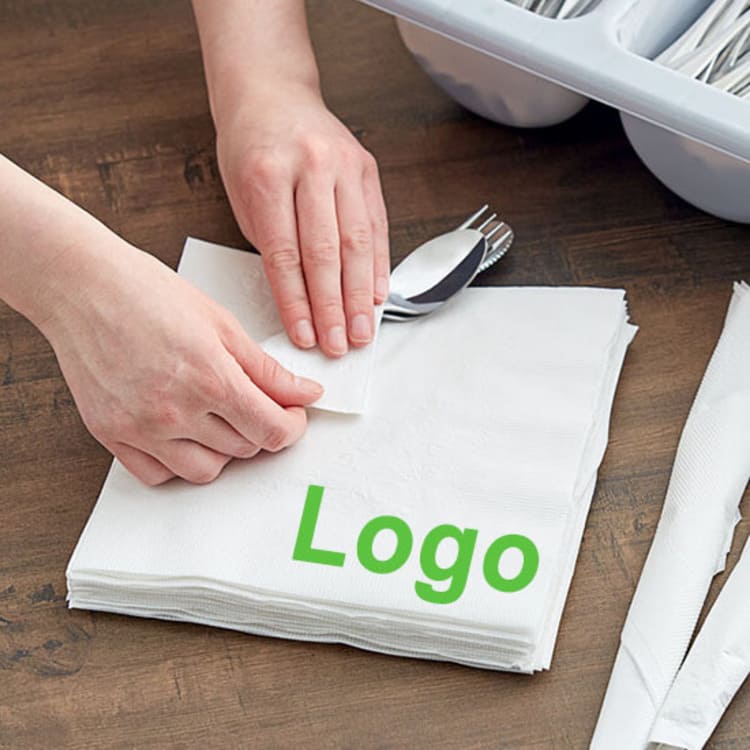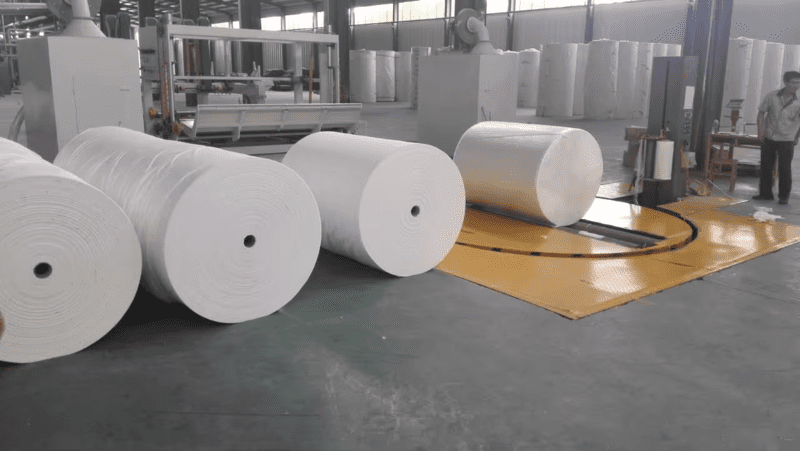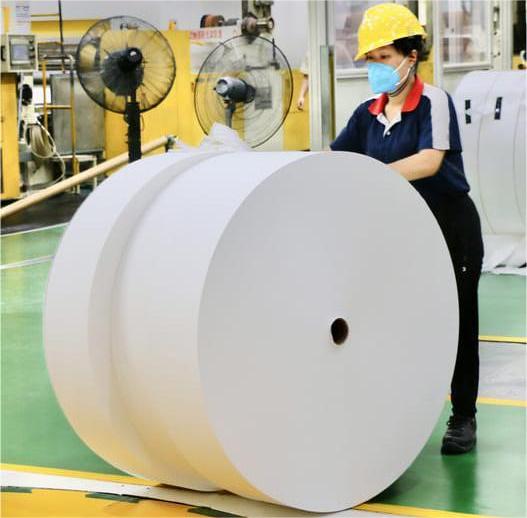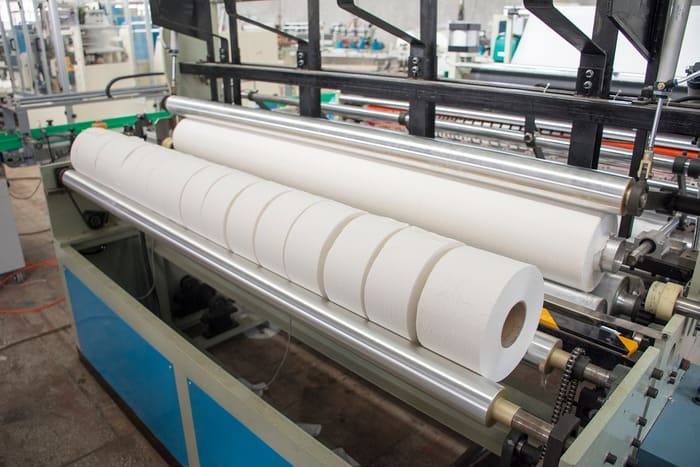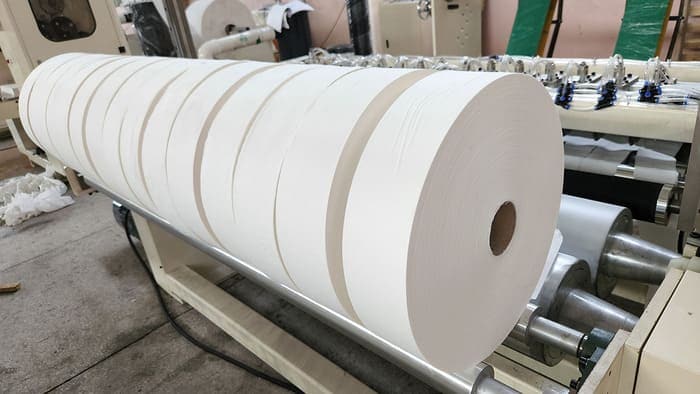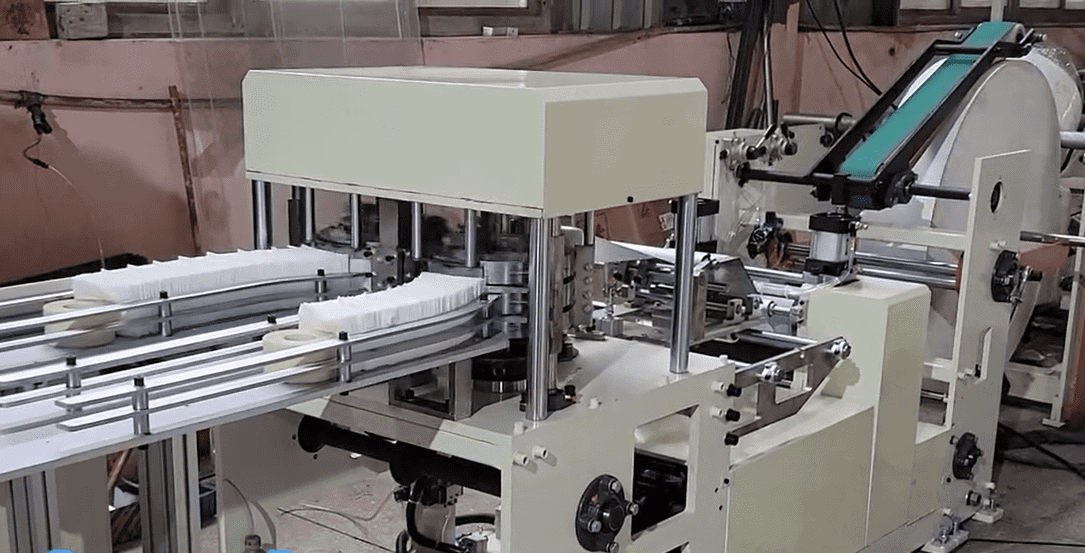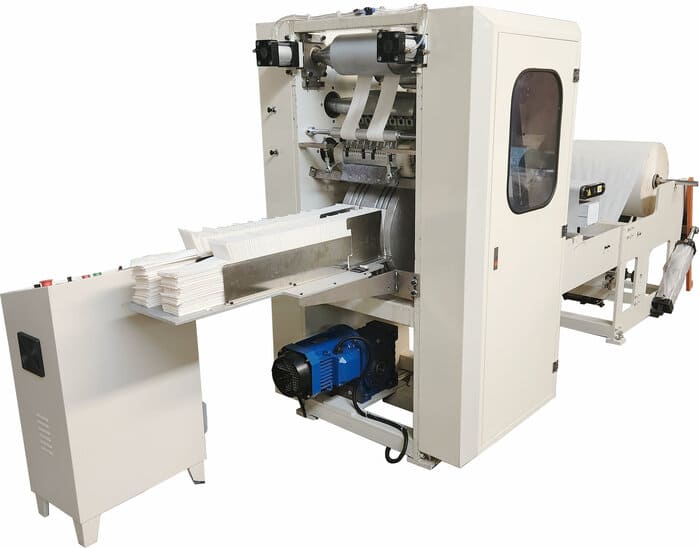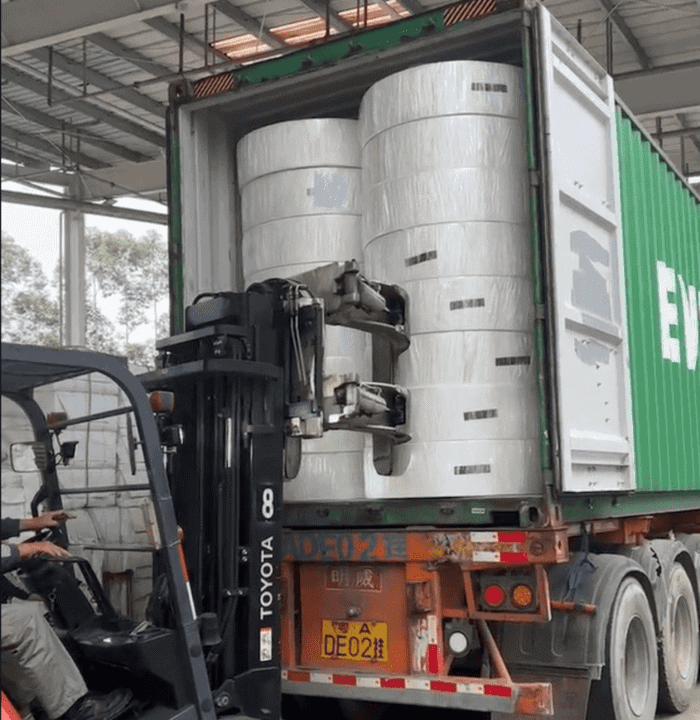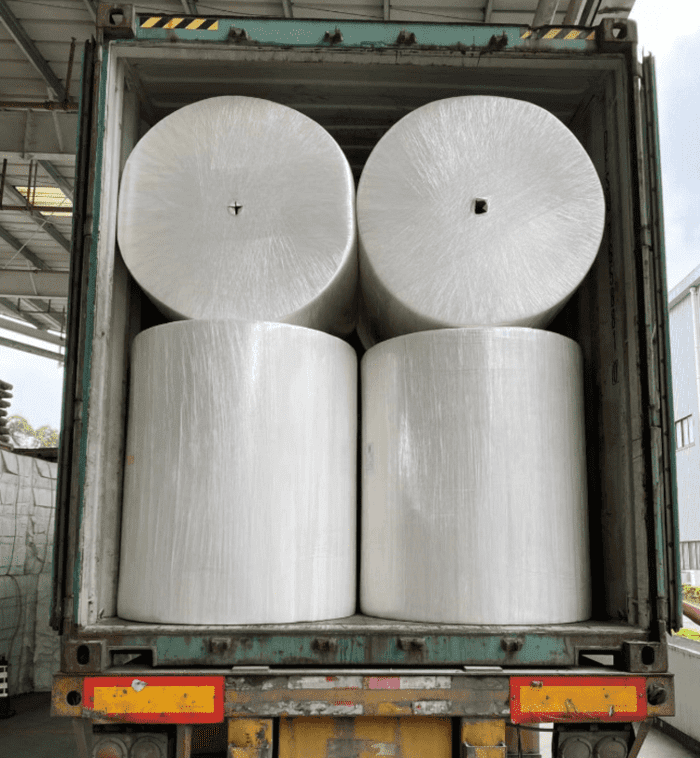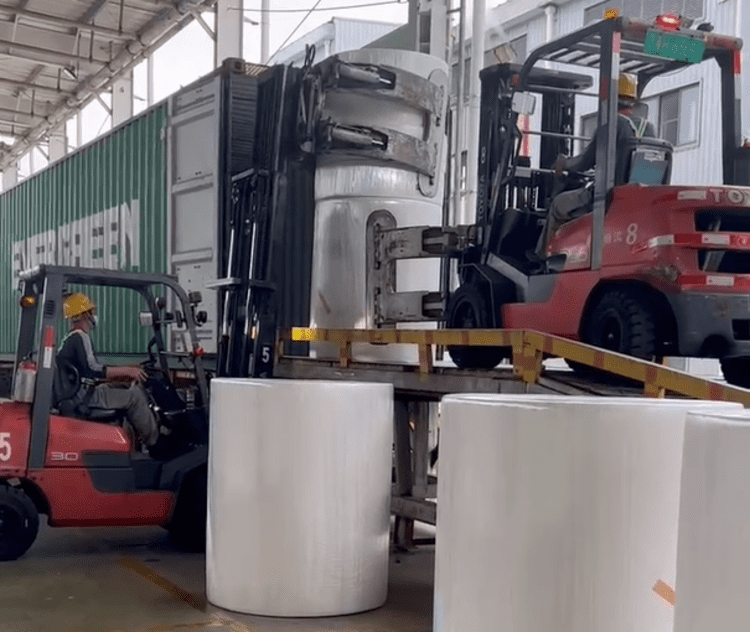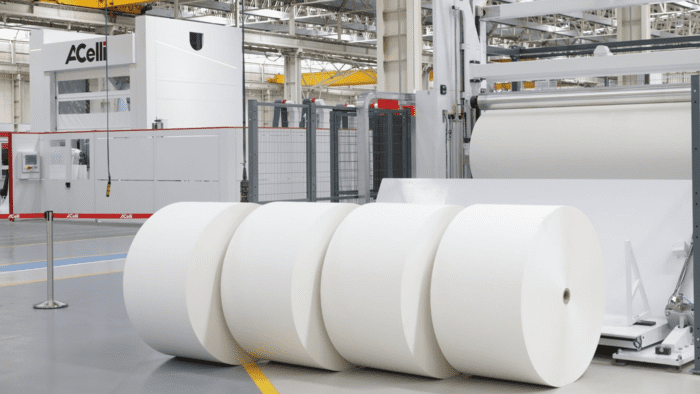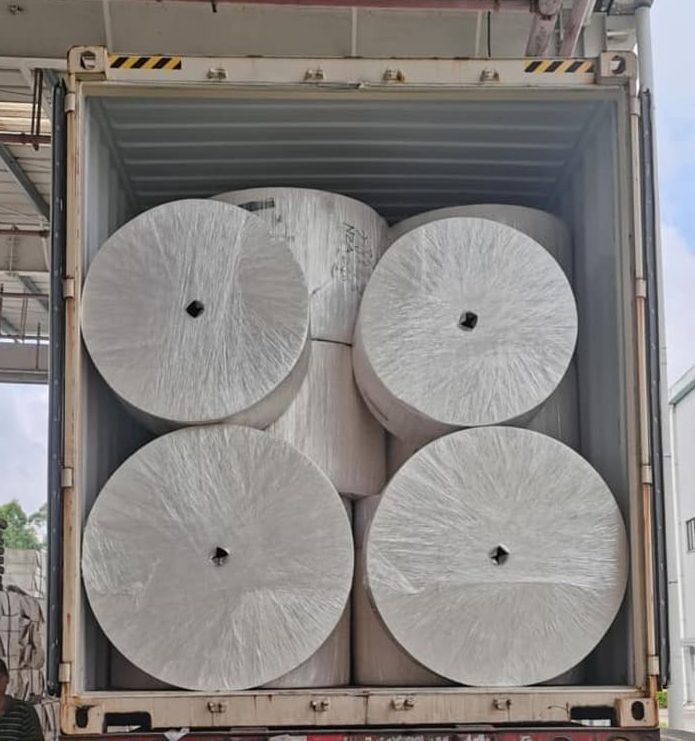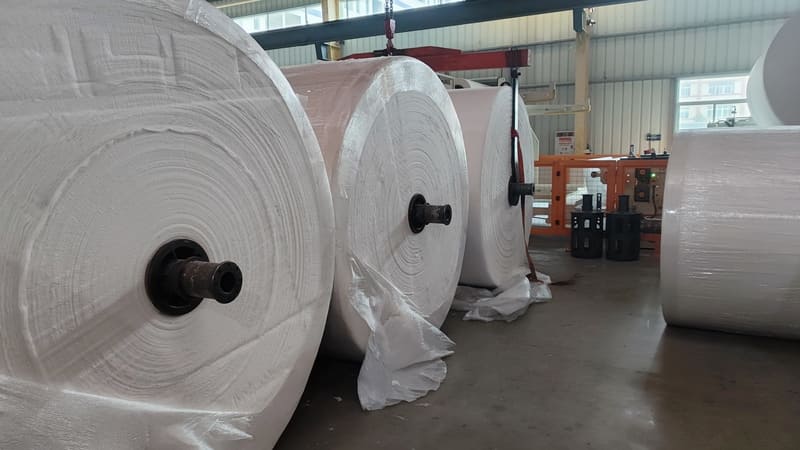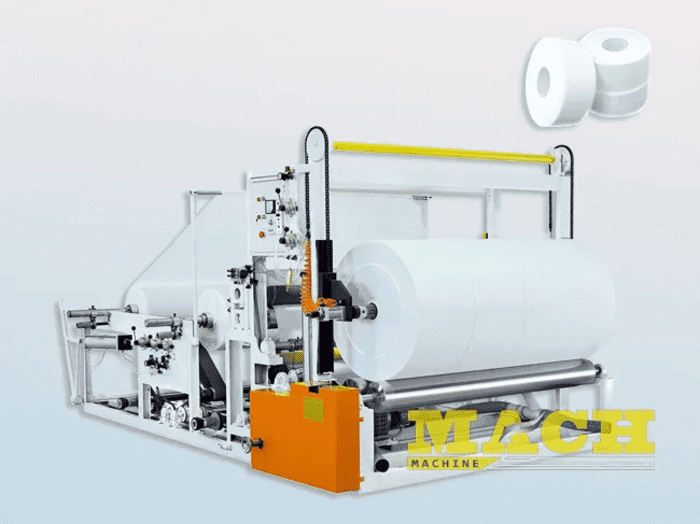Why It Is Necessary to Slit Cut Tissue Mother Rolls to Fit Converting Machines and How It Reduces Losses in Container Loading
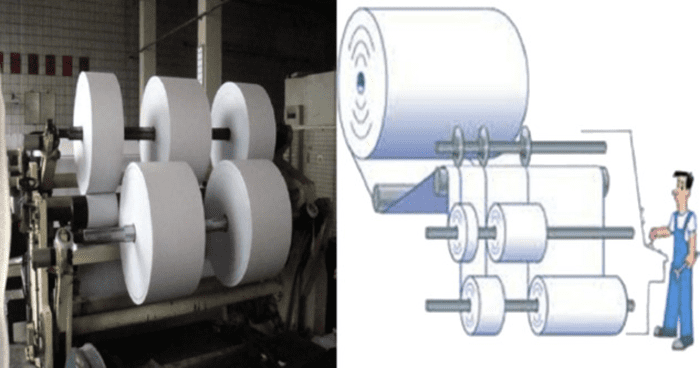 The tissue paper industry is a highly competitive sector where efficiency and precision are key to maintaining profitability. One critical aspect of tissue production is the management of tissue mother rolls, which are the large rolls of paper that serve as the starting point for various tissue products. To optimize production and ensure highquality output, it is often necessary to slit cut these mother rolls into smaller rolls that can fit the width of tissue converting machines. This process not only enhances the efficiency of the converting process but also plays a significant role in reducing losses during container loading for shipping.
The tissue paper industry is a highly competitive sector where efficiency and precision are key to maintaining profitability. One critical aspect of tissue production is the management of tissue mother rolls, which are the large rolls of paper that serve as the starting point for various tissue products. To optimize production and ensure highquality output, it is often necessary to slit cut these mother rolls into smaller rolls that can fit the width of tissue converting machines. This process not only enhances the efficiency of the converting process but also plays a significant role in reducing losses during container loading for shipping.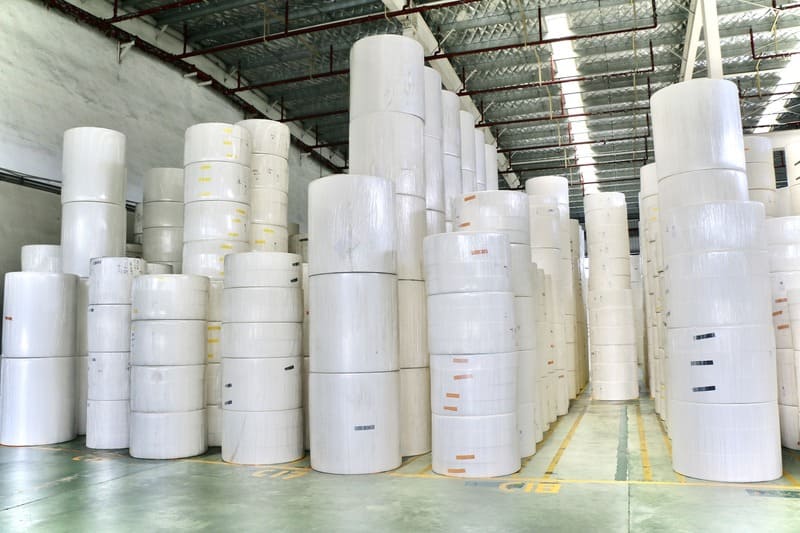
2. Understanding Tissue Mother Rolls
(1) What Are Tissue Mother Rolls?
Tissue mother rolls are large, continuous rolls of tissue paper produced during the initial stages of the tissue manufacturing process. These rolls are typically several meters wide and can weigh several tons. They are the raw material used in the subsequent converting processes that produce the finished tissue products, such as toilet paper, facial tissues, and paper towels.(2) Production Process of Tissue Mother Rolls
The production of tissue mother rolls involves a complex process of pulping, pressing, drying, and winding. The paper pulp is spread onto a moving mesh, where it is pressed and dried to remove moisture. The dried tissue is then wound onto large spools to create the mother rolls. The width of these rolls is determined by the width of the paper machine and can vary depending on the manufacturer.(3) Common Dimensions and Characteristics
Tissue mother rolls are produced in various widths, typically ranging from 2 to 6 meters. Their diameter can also vary, with larger rolls allowing for longer production runs without the need for frequent roll changes. The characteristics of the tissue, such as thickness, softness, and strength, are determined during the production process and are tailored to meet specific product requirements.3. The Tissue Converting Process
(1) What Is Tissue Converting?
Tissue converting is the process of transforming tissue mother rolls into smaller, finished products. This process involves several stages, including unwinding, embossing, perforating, folding, and rewinding. The final products are then cut to size, packaged, and prepared for distribution.(2) Types of Tissue Converting Machines
There are various types of tissue converting machines, each designed for specific products. Common types include:- Toilet Paper Converters: Machines that produce toilet paper rolls.
- Facial Tissue Converters: Machines for producing facial tissues.
- Paper Towel Converters: Machines that produce paper towels.
(3) The Role of Roll Width in Converting Efficiency
The width of the tissue roll used in converting machines is crucial for the efficiency of the process. Rolls that are too wide for the converting machine can cause misalignment, increased wear on the machinery, and inconsistent product quality. Therefore, ensuring that the mother rolls are appropriately sized to fit the machine is essential for smooth operation.4. The Need for Slit Cutting
(1) Definition of Slit Cutting in Tissue Production
Slit cutting is the process of cutting tissue mother rolls into smaller rolls of specific widths that match the requirements of the converting machines. This process involves using precision cutting tools to slice the large mother rolls into narrower rolls.(2) How Slit Cutting Adjusts Roll Widths
Slit cutting allows manufacturers to customize the width of tissue rolls to match the exact specifications of their converting equipment. By cutting the rolls to the optimal width, manufacturers can ensure that the tissue feeds smoothly through the converting machines, reducing the likelihood of jams, misfeeds, or other issues that can disrupt production.(3) Compatibility with Converting Machines
Different converting machines have different width requirements based on the type of product being produced. Slit cutting ensures that each roll is compatible with the machine it will be used in, which is essential for maintaining high production speeds and minimizing downtime.5. Benefits of Slit Cutting for Converting Machines
(1) Enhanced Machine Performance
When tissue rolls are cut to the correct width, converting machines can operate at peak efficiency. This leads to faster production rates and higher output, which is crucial in a competitive market where speed and efficiency directly impact profitability.(2) Reduction in Downtime
Slit cutting helps reduce downtime caused by roll changes, misfeeds, and machine jams. By ensuring that rolls are perfectly sized for the converting machines, manufacturers can minimize the frequency of these issues, leading to more consistent and uninterrupted production.(3) Consistency in Product Quality
One of the most significant advantages of slit cutting is the consistency it brings to product quality. Rolls that are too wide or too narrow can result in uneven product dimensions, affecting the appearance and performance of the final product. Slit cutting ensures that each roll is uniform, leading to consistent quality across all products.6. Technical Aspects of Slit Cutting
(1) Tools and Equipment Used for Slit Cutting
Slit cutting is performed using specialized machines equipped with sharp blades or rotary knives that slice through the tissue roll with precision. These machines can be adjusted to cut rolls to various widths, depending on the needs of the production line.(2) Precision and Accuracy in Slit Cutting
The accuracy of slit cutting is vital for maintaining product quality and minimizing waste. Advanced slit cutting machines are designed to deliver precise cuts, ensuring that each roll meets the exact specifications required for the converting machines.(3) Managing Waste and Scrap During Slit Cutting
While slit cutting is an efficient process, it inevitably produces some waste, such as trimmings and offcuts. However, modern slit cutting machines are designed to minimize this waste, and many manufacturers recycle the scrap material back into the production process, reducing overall material costs.7. Impact of Slit Cutting on Container Loading
(1) Optimizing Roll Dimensions for Container Space
One of the key advantages of slit cutting is its impact on shipping efficiency. By cutting tissue rolls to the optimal width, manufacturers can ensure that they make the best use of space in shipping containers. This is especially important for international shipping, where maximizing container space can significantly reduce transportation costs.(2) Minimizing Wasted Space in Shipping Containers
Slit cutting allows for more rolls to be packed into each container, minimizing wasted space. This leads to better container utilization, reducing the number of containers needed and, consequently, the overall shipping costs.(3) Cost Savings from Improved Container Utilization
By reducing the number of containers required for shipping, slit cutting directly contributes to cost savings. These savings can besubstantial, particularly for large shipments, making slit cutting an essential part of costeffective tissue production and distribution.8. Case Study: Comparing Container Loading Efficiency
(1) Scenario 1: Without Slit Cutting
In a scenario where tissue mother rolls are not slit cut to the optimal width, there is often a significant amount of wasted space in shipping containers. Rolls that are too wide may not fit efficiently, leading to underutilized space and higher shipping costs.(2) Scenario 2: With Slit Cutting
In contrast, when slit cutting is employed, the tissue rolls can be perfectly sized to maximize container space. This allows for more rolls to be loaded into each container, reducing the number of containers needed and lowering shipping expenses.(3) Analysis of Cost and Space Utilization
A detailed analysis of the two scenarios typically shows that slit cutting leads to a more efficient use of space and significant cost savings. This efficiency not only benefits the manufacturer but also has positive implications for the entire supply chain, including distributors and retailers.9. Challenges in Slit Cutting
(1) Potential Issues in Slit Cutting
While slit cutting offers many benefits, it is not without its challenges. Issues such as blade wear, misalignment, and variations in roll tension can affect the quality of the cuts and lead to production delays.(2) Solutions and Best Practices
To overcome these challenges, manufacturers employ various best practices, such as regular maintenance of slit cutting equipment, using highquality blades, and carefully monitoring the tension of the tissue rolls during cutting.(3) Ensuring Consistency Across Production Batches
Consistency is crucial in tissue production, and maintaining uniformity in slit cutting is essential for achieving this. By implementing stringent quality control measures and continuously monitoring the slit cutting process, manufacturers can ensure that every roll meets the required standards.10. Technological Advancements in Slit Cutting
(1) Innovations in Slit Cutting Technology
The tissue industry has seen significant advancements in slit cutting technology, including the development of automated systems that can perform precise cuts with minimal human intervention. These systems are designed to enhance accuracy, reduce waste, and improve overall efficiency.(2) Automation in the Slit Cutting Process
Automation is becoming increasingly common in slit cutting, with machines that can adjust blade positions, monitor roll tension, and make realtime corrections to ensure perfect cuts. This not only speeds up the process but also reduces the likelihood of errors.(3) Future Trends in Tissue Production
As technology continues to evolve, the tissue industry can expect further innovations in slit cutting, such as the integration of AI and machine learning to optimize cutting patterns and reduce waste even further. These advancements will likely lead to even greater efficiency and cost savings for manufacturers.11. Environmental Considerations
(1) Reducing Waste Through Efficient Slit Cutting
Efficient slit cutting plays a significant role in reducing waste in tissue production. By minimizing offcuts and ensuring that as much of the tissue roll as possible is used, manufacturers can reduce their environmental footprint and align with sustainability goals.(2) Impact on Sustainability in Tissue Manufacturing
Sustainability is becoming increasingly important in the tissue industry, and efficient slit cutting is one way to achieve it. By reducing waste and improving material utilization, manufacturers can produce more ecofriendly products and contribute to a more sustainable industry.(3) Aligning with Environmental Regulations
Many countries have strict environmental regulations that tissue manufacturers must comply with. Efficient slit cutting helps manufacturers meet these regulations by reducing waste and minimizing the environmental impact of their production processes.12. Economic Impacts of Slit Cutting
(1) Cost Efficiency in Production
Slit cutting contributes to cost efficiency in tissue production by optimizing the use of raw materials, reducing waste, and improving container loading efficiency. These factors combine to lower overall production costs and increase profitability.(2) Impact on Profit Margins
By reducing waste and improving efficiency, slit cutting can have a positive impact on profit margins. Lower production and shipping costs allow manufacturers to offer competitive pricing while maintaining healthy margins.(3) Competitive Advantage in the Market
Manufacturers who invest in efficient slit cutting processes can gain a competitive advantage in the market. By offering highquality products at lower prices, they can attract more customers and increase their market share.13. Industry Standards and Best Practices
(1) Guidelines for Slit Cutting in Tissue Production
The tissue industry has established guidelines and best practices for slit cutting to ensure consistency and quality across production lines. These guidelines cover everything from equipment maintenance to the precision of cuts.(2) Industry Benchmarks and Quality Assurance
Manufacturers are encouraged to benchmark their slit cutting processes against industry standards to ensure they are meeting quality and efficiency goals. Regular audits and quality assurance checks are essential for maintaining high standards.(3) Compliance with International Standards
For tissue manufacturers operating in multiple countries, compliance with international standards is crucial. Efficient slit cutting helps ensure that products meet the required specifications and quality standards, facilitating smoother international trade.15. Conclusion
Slit cutting is an essential process in the tissue paper industry, offering numerous benefits that extend beyond production efficiency. By ensuring that tissue rolls are properly sized for converting machines, manufacturers can reduce downtime, improve product quality, and maximize container space during shipping. These advantages translate into significant cost savings and a competitive edge in the market. As technology continues to advance, the role of slit cutting in tissue production will only become more critical, driving further improvements in efficiency, sustainability, and profitability.FAQ
1. Why is slit cutting necessary in tissue production?
Slit cutting is necessary to ensure that tissue mother rolls are properly sized to fit the converting machines, which improves efficiency and reduces waste during production.
2. How does slit cutting impact product quality?
Slit cutting ensures that tissue rolls are uniform and properly aligned with converting machines, leading to consistent product quality across production runs.
3.What are the best practices for minimizing waste in slit cutting?
Best practices include using high quality blades, maintaining equipment regularly, and recycling scrap material back into the production process.
4. How does slit cutting enhance container loading efficiency?
By optimizing roll dimensions, slit cutting allows for better utilization of container space, reducing the number of containers needed and lowering shipping costs.
5. What technological advancements are improving slit cutting?
Advancements include automated slit cutting machines with real Time monitoring and adjustment capabilities, leading to more precise cuts and reduced waste.
6. How does slit cutting contribute to cost savings?
Slit cutting reduces waste, improves machine efficiency, and optimizes container loading, all of which contribute to lower production and shipping costs.

